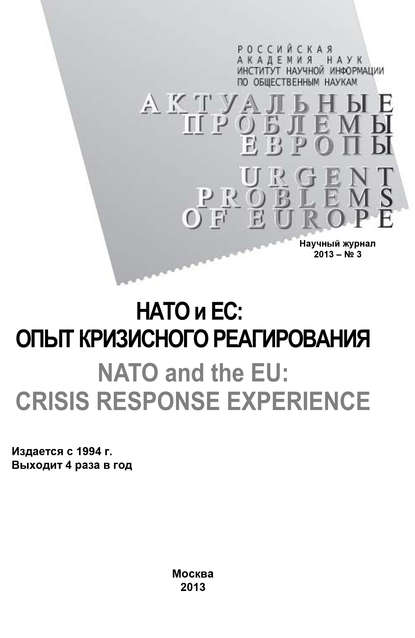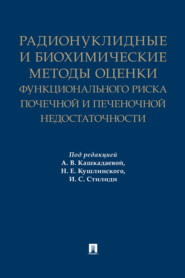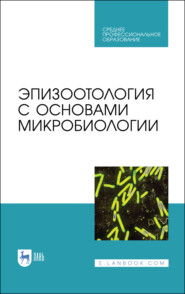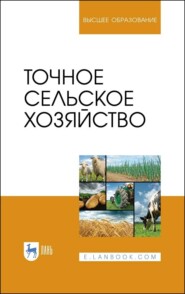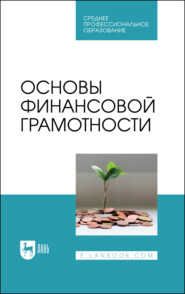По всем вопросам обращайтесь на: info@litportal.ru
(©) 2003-2024.
✖
Актуальные проблемы Европы №3 / 2013
Настройки чтения
Размер шрифта
Высота строк
Поля
Agriculture and rural development remains the most promising growth sector. Agriculture has a high multiplier impact on developing countries’ economies and contributes to environmental protection. The needs of the sector are huge in terms of financing as well as in terms of re-organising intervention logic. The EU has emerged as the leader of this sector. More than its funding levels, this leadership has been built on the ability to coordinate donors and communicating on their behalf with all cluster ministries in order to frame a national policy approach. Outside agriculture, existing rural development programmes aiming at developing secondary transport infrastructure critical to linking up rural communities, fostering off-farm employment through rural enterprises and consolidating local governance institutions have strong conceptual complementarities.
The emergent link with local governance institutions is partially the outcome of strong EU policy dialogue with both the Ministry of Rural Development and the Independent Directorate for Local Governance. Considering the poor state of Afghan rural communities and the potential of the agricultural sector, the absorption capacity of the sector is huge – and since a substantial part of the population lives in rural areas, the impact will be broad and significant. In terms of poverty reduction and stabilisation of growth, agriculture and rural development should therefore remain a priority for the government. This is confirmed by the fact that the government has indicated its desire that ARTF expands its support to this sector, a process which has been largely facilitated by the EU.
The European Union works in rural areas throughout the country helping to tackle food insecurity, supporting agricultural development, animal husbandry, water management and environmental conservation. Almost all EU agriculture and rural development related projects have been aimed at rehabilitating the economic and social fabric of Afghan society. As one example among many, one major irrigation dam repaired by the European Union on the Khanabad river now provides irrigation to 35 000 ha of land, increasing the food production for a population of some 50 000 people.
Counter-narcotics
Drugs in general and heroin in particular are a major concern for neighbouring countries, including Russia, as well as for the European Union. According to a UNODC report published last year, «in 2010 an estimated 25 per cent of the 380 tons of heroin manufactured in Afghanistan -some 90 tons- was trafficked northwards through Central Asia via the Northern route and onward to the Russian Federation. The 90-ton total includes heroin consumed within Central Asia and the Russian Federation, as well as heroin seized by law enforcement or trafficked onward. More than three quarters of this amount are destined for the Russian market. Furthermore, in 2010 between 35 and 40 tons of raw opium were trafficked through northern Afghanistan towards Central Asian markets». The number of addicts in the Russian Federation has multiplied by 10 during the past 10 years. The Russian government estimates around 30 000 to 40 000 Russian people die from drugs per year[26 - «Opiate flows through Northern Afghanistan and Central Asia, A Threat Assessment», UNODC, May 2012.].
Opium is Afghanistan’s most important agricultural crop by value and provides much-needed livelihoods for many people in rural areas. The illicit production of opium still overshadows licit agriculture, accounting for nearly half of overall agricultural production on a much smaller portion of arable land. Opium revenue, boosted by prohibitionist measures in most of the client markets, counters the incentives to develop a sustainable formal agriculture sector. In addition, the large criminal profits of the drug industry undermine governance, fuels corruption, nurtures deeply dysfunctional and highly extractive politics and, ultimately, stimulates insecurity and conflict. Moving away from economic reliance on opium is thus a priority development objective. But given opium’s characteristic as both a high-value, storable commodity with a ready market and a secure cash crop for an insecure environment, putting this into practice will not be easy.
Nonetheless, sustainable progress made in eliminating opium cultivation in some areas, suggests that phasing out opium production in Afghanistan over the next 10–20 years is achievable. Estimates for the area size planted with opium poppy have fallen sharply in recent years, from 193,000 ha in 2007 to 131,000 ha in 2011. This decline has largely been driven by the saturation of markets and lowered prices, even though trends are rather volatile. However, opium production grew again in 2011 after a plant disease wiped out nearly half of the harvest in 2010 to reach an estimated level of 154,000 ha in 2012. Given the insecurity level, poppy production remains unfortunately a safe investment.
Вы ознакомились с фрагментом книги.
Приобретайте полный текст книги у нашего партнера:
Приобретайте полный текст книги у нашего партнера:





